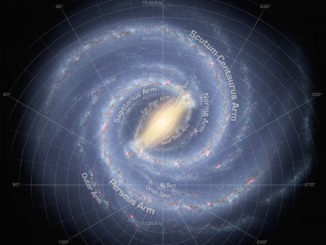
X-Headlines



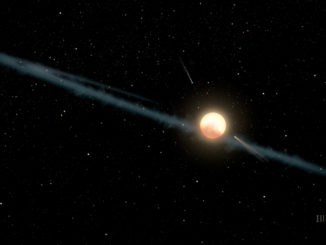
Mysterious dimming of Tabby’s Star may be caused by dust
One of the most mysterious stellar objects may be revealing some of its secrets at last. Called KIC 8462852, also known as Boyajian’s Star, or Tabby’s Star, the object has experienced unusual dips in brightness — NASA’s Kepler space telescope even observed dimming of up to 20 percent over a matter of days. In addition, the star has had much subtler but longer-term enigmatic dimming trends, with one continuing today.
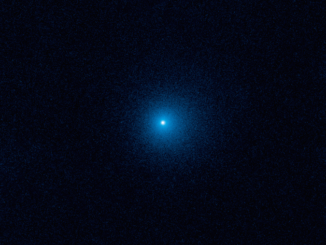
Hubble observes the farthest active inbound comet yet seen
NASA’s Hubble Space Telescope has photographed the farthest active inbound comet ever seen, at a whopping distance of 1.5 billion miles from the Sun. Slightly warmed by the remote Sun, it has already begun to develop an 80,000-mile-wide fuzzy cloud of dust, called a coma, enveloping a tiny, solid nucleus of frozen gas and dust.
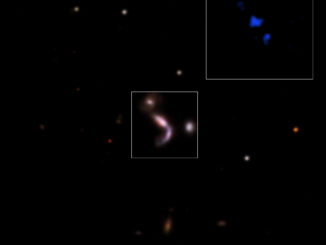
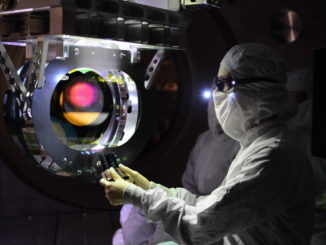
Gravitational waves from a binary black hole merger observed by LIGO and Virgo
The LIGO Scientific Collaboration and the Virgo collaboration report the first joint detection of gravitational waves with both the LIGO and Virgo detectors. This is the fourth announced detection of a binary black hole system and the first significant gravitational-wave signal recorded by the Virgo detector, and highlights the scientific potential of a three-detector network of gravitational-wave detectors.
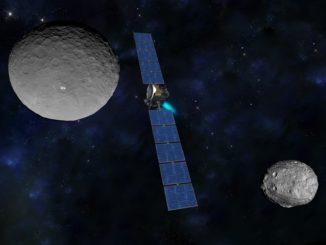
Scientists celebrate 10th anniversary of Dawn mission’s launch
In the ten years since its launch from Cape Canaveral, NASA’s Dawn spacecraft has orbited the two largest worlds in the asteroid belt and overcome defective components that threatened to derail the mission on its 4 billion-mile voyage, discovering unexpectedly rich geologic tapestries suggesting both destinations have a watery past.


